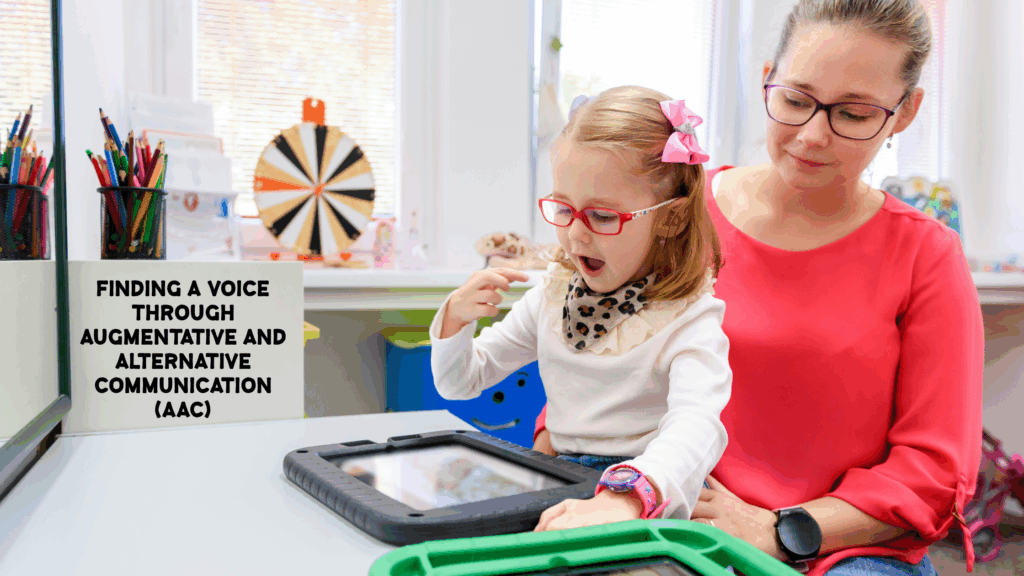Summer heatwaves can be a challenging time for everyone, but they can be particularly distressing for autistic children who often experience heightened sensory sensitivities. Understanding and learning how to manage these sensitivities can significantly impact your child’s comfort and well-being during extreme temperatures.
Sensory Overload in the Heat ☀️
For many autistic children, the sensation of intense heat can be absolutely unbearable. It’s not just the temperature but the accompanying discomforts that can cause significant distress. Sweat and the tackiness of damp skin, the need to wear more flowy and loose clothing, or the requirement to wear hats can all be extremely uncomfortable, but for an autistic child, these symptoms can lead to a constant sensory overload.
Unique Challenges for Children with ASD
Children with autism spectrum disorder face unique challenges that can intersect with the dangers of heatwaves in several ways:
- Sensory Sensitivities: Many autistic children experience heightened sensory sensitivities, making extreme temperatures even more distressing. The overwhelming sensation of heat can lead to significant discomfort and agitation.
- Communication Difficulties: Communication challenges are common among those with autism. Expressing discomfort due to temperature changes can be difficult, so it’s vital for caregivers to be vigilant for non-verbal cues indicating distress.
- Routine Disruption: Autistic children often thrive on routine and predictability. Sudden shifts in their environment, such as those caused by a heatwave, can disrupt their familiar routines and cause additional stress.
Tailoring Your Support & Accommodations
To effectively support your child during a heatwave, it’s essential to educate yourself about their specific sensory needs. Understanding how your child reacts to various sensory inputs will help you better comprehend their preferences and tailor your support accordingly.
- Create a Cool Environment: Ensure your home is well-ventilated and cool. Use fans or air conditioning to maintain a comfortable temperature.
- Comfortable Clothing: Dress your child in lightweight, breathable clothing in light colors. Breathable mesh, cotton, linen and moisture wicking fabric can minimize discomfort from heat and sweat.
- Hydration and Nutrition: To avoid additional discomfort, keep your child hydrated and provide light, easy-to-digest meals. Providing frozen snacks to help cool body temperature. Encourage them to drink even if they don’t feel thirsty. You can also include flavored hydration packets or natural fruit juice to make it more appealing!
- Plan Indoor Activities: Engage your child in indoor activities to minimize exposure to extreme temperatures and allergens.
- Cooling Activities: Water-based activities are a fun way to stay cool! Consider setting up a sprinkler or water balloon games in a shaded area. You can also incorporate ice and frozen toys into your sensory bins.
- Monitor for Signs of Distress: Be alert to non-verbal cues indicating discomfort and respond promptly to alleviate their distress.
Sun Protection
Choose sunscreen suitable for their sensitivities, such as fragrance-free or hypoallergenic lotions. The American Academy of Dermatology (AAD) recommends that all kids wear sunscreen with an SPF of 30 or higher. This is especially important if your child finds wearing hats or sunglasses distressing. Many kids have sensory sensitivities that make lotion application a challenge. Here are some sensory-friendly ways to apply sunscreen this summer:
- Make it a game! Turn sunscreen application into a fun activity. Sing songs, count sunscreen dots, or pretend you’re painting with a “magic sun shield.”
- Offer choices! Let your child pick their favorite color sunscreen or applicator (lotion, spray, stick).
- Change the texture! Try a mineral sunscreen with a lighter zinc oxide base. Explore different applicators like sponges, makeup brushes, or even safe “painting” tools.
- Focus on the senses they like! Does your child love water? Try a spray sunscreen. Do they crave touch? Use a gentle, lotion-based sunscreen and apply using deep firm strokes.
- Break it down! ️ Apply sunscreen in small sections, focusing on one arm or leg at a time. This can be less overwhelming for sensory seekers. Applying sunscreen in front of the mirror can also help, so they can see what is happening.
- Teamwork makes the dream work! Let your child apply sunscreen to their arms and legs while you handle the trickier areas like the face and back.
For further sun protection, try sun protection clothing that block harmful UV rays.
By being proactive and understanding your child’s unique needs, you can help them navigate the challenges of a heatwave more comfortably. Remember, your awareness and support can make a difference in their ability to cope with sensory overload during extreme temperatures.


 03 Jul 2024
03 Jul 2024 












